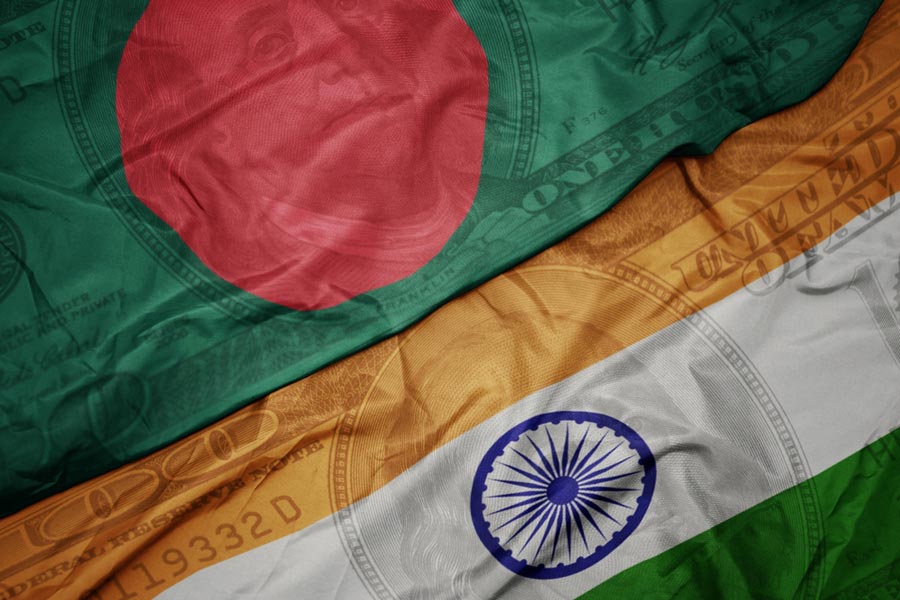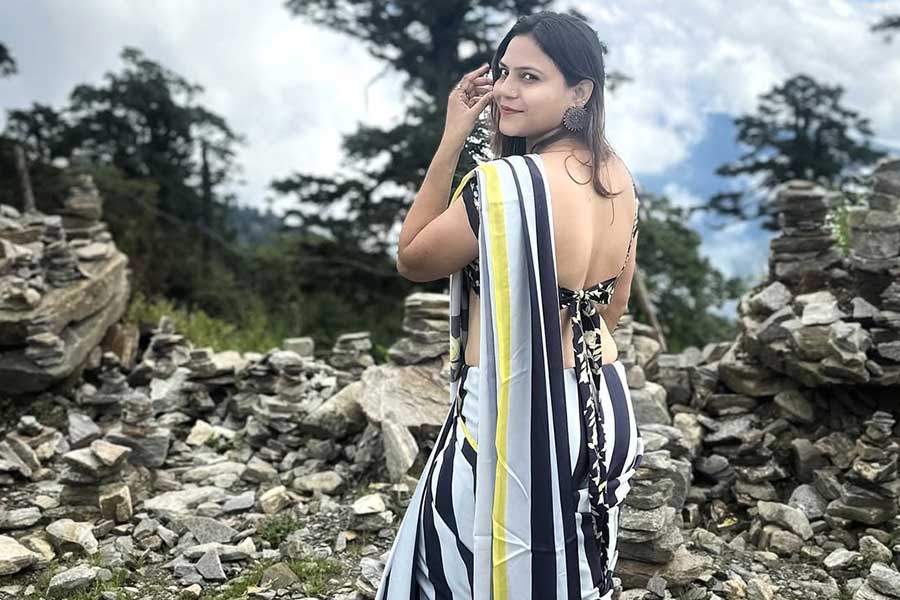 |
| Former Prime Minister HD Deve Gowda in a Naga shawl |
Kohima, Sept. 22: The benchmarks and symbols of status in Naga society have changed along with the times.
Traditional shawls and mekhelas (waist wraps) in colour combinations and designs that used to be reserved for certain classes of people are now being worn by educated youths. A plethora of new patterns and motifs has been introduced, too, to reflect the wearer?s sartorial sense and status.
A women?s society based in Kohima village set the trend with its avant-garde designs. About a decade old, Zhavipsumia Krotho (meaning women?s society in the Tenyidie language of the Angami and Chakhesang tribes) designs shawls and mekhelas that are to be worn only by its members. Most of the members are matriculates or above.
?Changes have come about over the years, but the youth still adhere to traditions during festivals and important occasions,? says urban affairs minister Shurhozelie Liezietsu, who is from Kohima village.
Though the society?s designs are new, the basic characteristics of tribal attire have been retained. Designs and motifs on traditional Naga shawls are different for every tribe and. Within the community, different classes of people are distinguished by separate designs.
For instance, the shawls used by warriors in the olden days could not be used by anyone else. There were separate designs for rich people who organised feasts and for those who owned mithuns, an indigenous species of bison.
Tradition remains the unifying force in Naga society, but the rules are changing. Six years ago, the Sumi Hoho, which is the apex organisation of the Sumi tribe, decided to allow graduates and post-graduates to wear shawls earlier donned only by those who owned mithuns.
Not every community elder, however, approves of the changing mindset. ?We altered the rules for the benefit of educated youth, but we do not want anybody to dilute our traditions. The shawls that we used to wear only during festivals are now being used whenever one chooses to.
Warrior shawls, priced at Rs 4,000 apiece, are hardly seen,? says Vikto Sema, a senior functionary of the Sumi Hoho.
Machine-woven shawls and mekhelas are more popular than the hand-woven ones because these come cheaper. ?The markets have become villages, while villages are becoming markets,? says Vikto.










